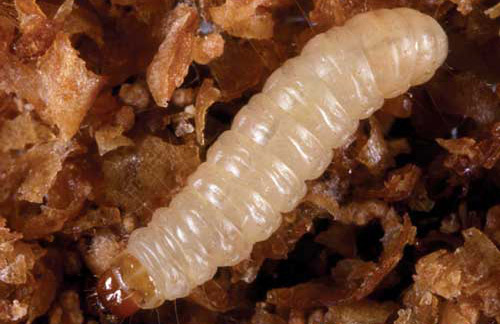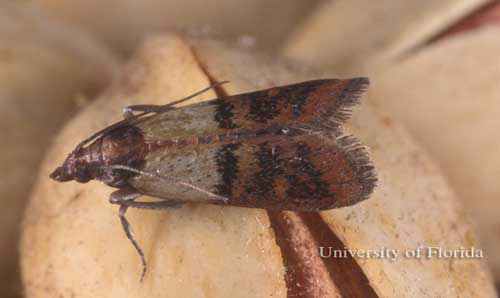
What Are Those Bugs in My Flour?!
ADVERTISEMENT
My local extension office suggested that since mealy moths will lay eggs even behind cupboards, to bring in a few ladybugs to take care of the pesky mealy moths. It worked wonderfully!!! They also take care of any aphids I have brought in when I bring my plants in for the winter!
I'm curious: Are these the same critters that used to be called "weevils" (and were often found in flour) back in the 1800s? When did they first appear here? Or are they indigenous?
Flour “weevils” might refer to beetles such as the confused flour beetle (Tribolium confusum) and the red flour beetle (Tribolium castaneum). The larvae and adults of both feed on flour and food from processed grain. The adult red flour beetle can fly on occasion. The confused flour beetle comes from Africa, possibly Ethiopia, and likes temperate climates, being more frequent in the northern U.S. The red flour beetle is of Indo-Australian origin and is mostly found in the southern U.S.
In addition to beetles, moths such as the Indian meal moth (Plodia interpunctella) are a common pest of grains. This moth is thought to come from Europe but is now widespread across much of the world.
To get rid of pantry moths, in addition to making dry goods unavailable to them, put containers out that they can lay their eggs in. The life cycle is long enough that if you dispose of them in the first garbage pickup of every month, they won't have time to hatch out.
I rarely have them any more but still do this to prevent a problem. I know they get into small holes and I don't know whether they prefer that to open containers. So my "mommy moth bait" containers have lids with holes. I save stale-dated dry goods in sealed mason jars for this purpose.
Hi! Trying to get rid of mine, and everytime it's almost gone I see some larvae again. Are you essentially using class contains with grain as bait? waiting for them to lay and then throw it out? Would liquid work to attract the larvae, similar to other bugs? like a tray with sprite and soap for example?
I have a small larva that is EVERYWHERE in my home if I set anything with sugar in it down,it is infested with worms/larva. Does anyone know what it might be
I have a few a day. I think they could've come in on a bag of stone ground corn meal. I've never had them before. The sticky trap works well, and I'm not bothered by fluttering wings. I think they took up residence in a credenza that I had put a lot of dried orange peel in. The orange peel was to get rid of a musty smell (it was from my late father in-laws' house). I'm switching to glass jars and rigid plastic canisters. And lots of bay leaves. They like to settle up very high on the wall. I manage to swat a few most days, but they leave a black sooty smear. It's a nuisance to clean.
Better than mice, at least.
I had an infestation of these annoying pest due to storing bird seed in my basement. Needless to say I don't feed birds anymore as these little monsters were driving my wife crazy, not me so much but still annoying and embarrassing. This was over a year ago and now this spring I been noticing a few of these flying around. I'm going to try the traps as discussed here. In the mean time I just try to kill the ones flying around. If I catch one sleeping hanging on a wall, etc. instead of smashing them and getting the mess on the wall it I've been using handheld cordless vacuum to suck them in, works great, give it try. We have one of those Dysons so I think they also get chopped up as it sucks them in.
Do u worry about storing vac and spreading to other rooms when u use vac. How do u clean interior of vac?
We have them everywhere! I've cleaned the cabinets out. What else can I do? They are on the ceilings in the kitchen, living room and bathroom! They are making us nuts! Do I have to clean the tops of the cabinets too? Will bleach be a good option? Traps? I really don't know. It's making me crazy.










